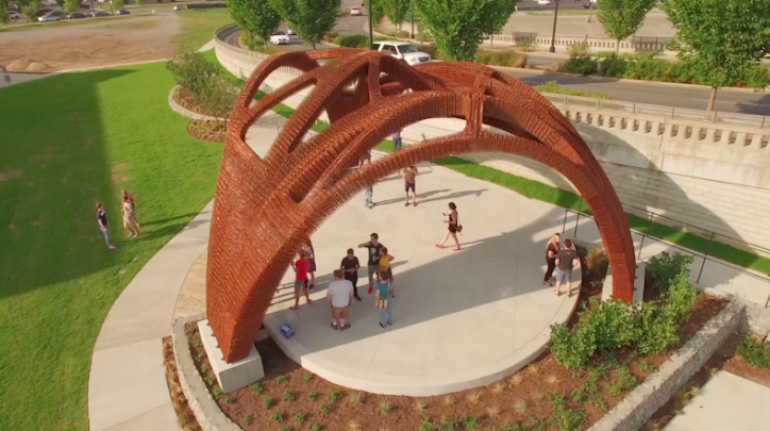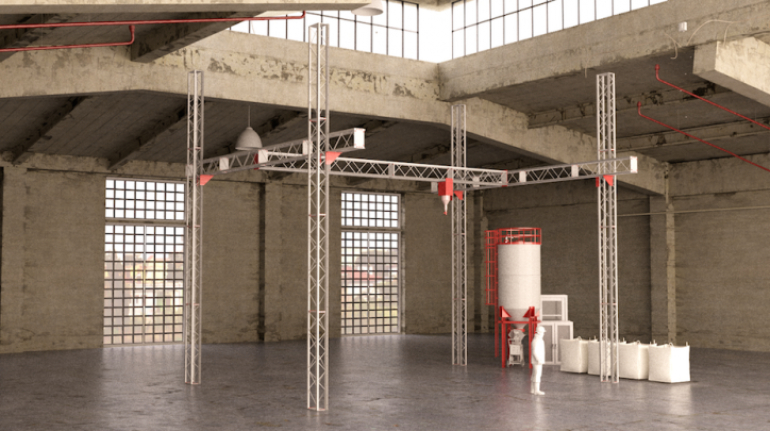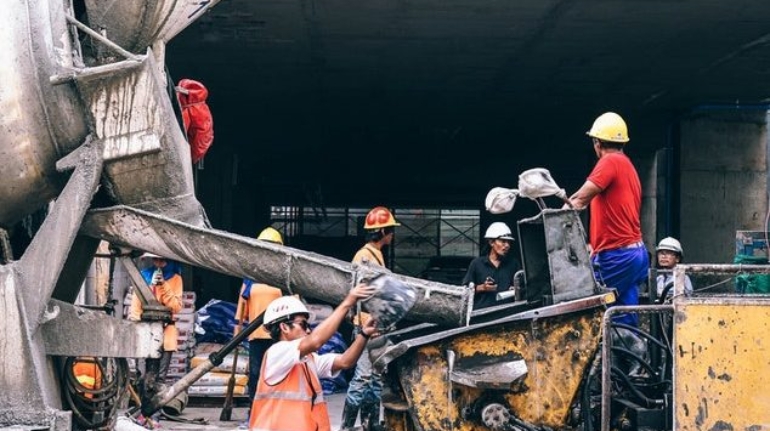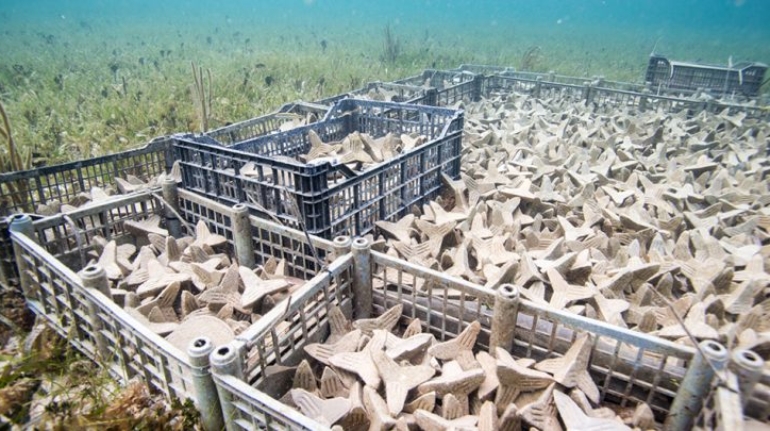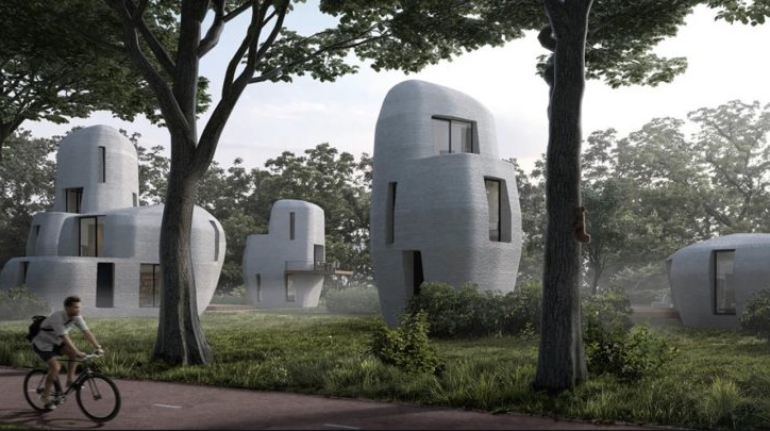Five giant prints for mankind Aerospace
Despite the fact that construction 3D printing is still just taking off here on Earth, some companies are already looking beyond the Stratosphere towards building 3D printed habitats and liveable structures in space. The ambitious and quite niche branch of AM research, spurred on by space exploration organizations such as NASA and ESA, is being pioneered by a handful of companies who believe their construction AM platforms have the potential to be adapted for the harsh environments of the Moon and Mars.


